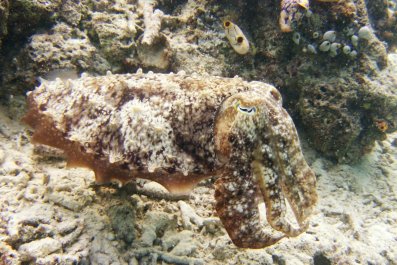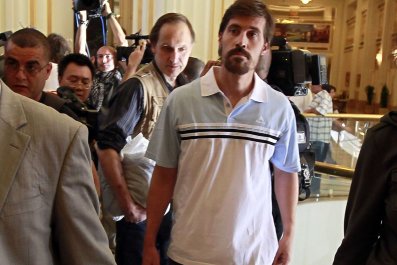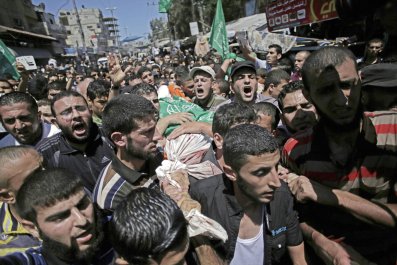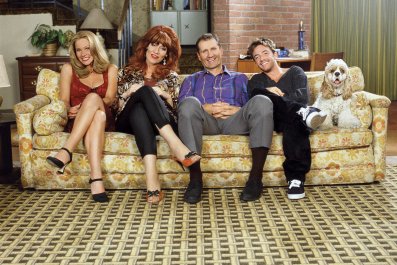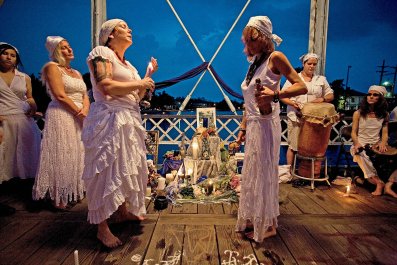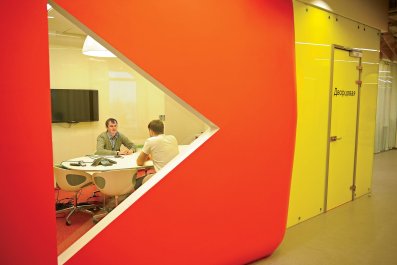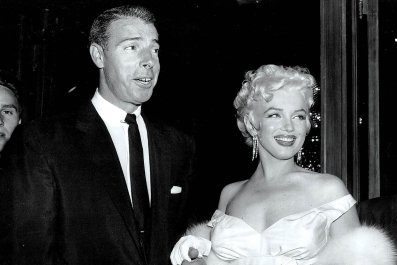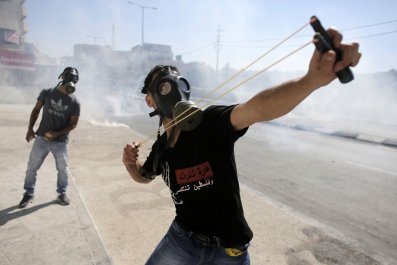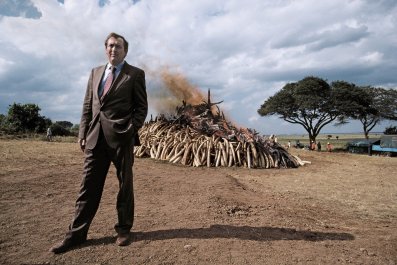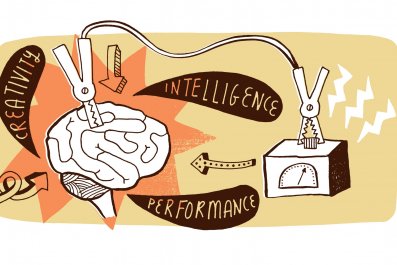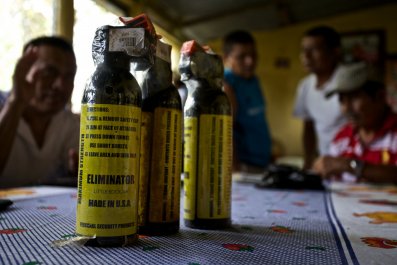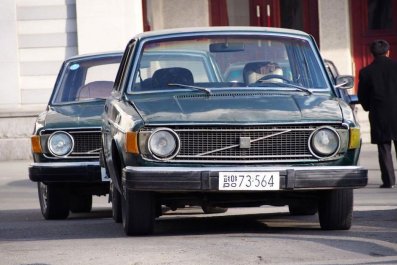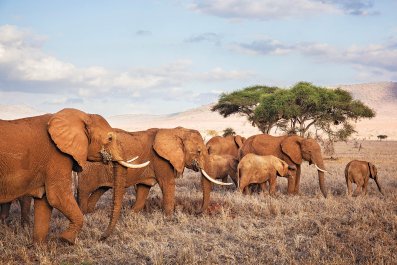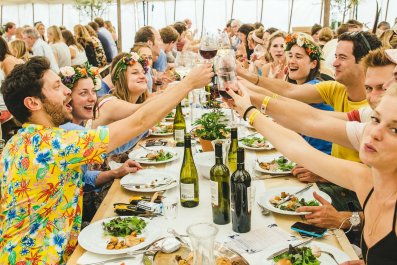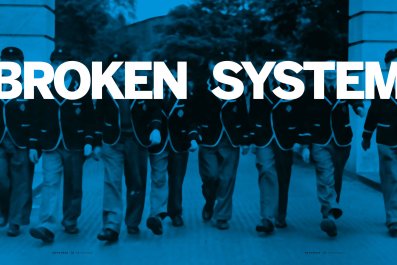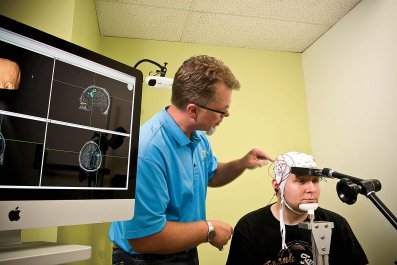As they ran through a cloud of tear gas during demonstrations in Ferguson, Missouri, on Monday, Andre Ellis, 17, linked arms with Graig "Shine" Cook, a self-identified Bloods gang member who'd befriended him two nights earlier.
"What we doing now that they gassed us?" asked Ellis, the Bloods's newest recruit, half his face covered with a red handkerchief traditionally worn by the gang's members. "Should we go home?"
"Nah, we going to get more batch," said Cook, using a slang term for the mixture of gasoline and nail polish remover that a handful of protesters had used to make the Molotov cocktails they'd hurled at police. "Then we coming back on them bitches."
Ellis followed Cook down a side street littered with spent bullet casings. There, half a dozen Bloods members and their friends had stashed the flammable "batch" mix. "We all about hitting them [police] hard tonight," Cook, a St. Louis resident, told the others. "This a war right now."
"Word," said Ellis, a Ferguson native, grabbing one of the freshly assembled Molotov cocktails. ""I'm down for whatever with y'all."
That exchange illustrates a little-noticed outgrowth of the unrest spurred by the Aug. 9 fatal shooting of unarmed black teen Michael Brown by a white police officer. Amid the widespread anger and heightened racial tensions here, several dozen young men, including Ellis—most between the ages of 16 and 19—have joined up with the Bloods, the Crips and other criminal gangs in the St. Louis area, according to several gang members, police officers, community activists and local residents.
The new recruits are not yet full-fledged members but have been asked to prove their worth to the gangs by committing brazen acts—firing gunshots at police, hurling objects at them and in some cases looting—during the nightly protests in Ferguson, residents and gang members say.
The turmoil poses a unique opportunity for the gangs to bolster their ranks, since they rarely encounter such large numbers of disillusioned young men ready to challenge authority.
"This situation is fertile ground for them [the gangs]," said a St. Louis County Police gang investigator. "Anti-police sentiment, distrust, anger at the social order…when those things are going on, joining a gang makes a lot more sense to a 17- or 18-year-old kid. They see it as a way to channel their anger and achieve something." (He was quoted anonymously because he is not officially authorized to speak to press.)
With more than 90 documented gangs active in the St. Louis area, and hundreds of Bloods and Crips already on the radar of local law enforcement, officials worry the recruitment boon will leave the area's street gangs more dangerous than before.
That's a frightening prospect, residents say, considering the drug-dealing crews are already responsible for dozens of shootings each year in St. Louis and its suburbs. "The gang members who've been here [among the protesters] are not something we can ignore," says St. Louis resident and civil rights activist Delia Bell-Powell, who's been attending the demonstrations in Ferguson. "We've got a large gang culture in this area, so these gangs getting bigger, gaining more members, is disconcerting. That might end up being the worst repercussion of all this."
Bloods and Crips sets have been active in the St. Louis area since the 1980s and control the market for cocaine and marijuana in numerous neighborhoods here, police say.
First established in Los Angeles in 1969, the enemy gangs boast hundreds of sets across the U.S. and have a presence in nearly every state. Their 45-year rivalry and criminal activities were responsible for approximately 20,000 killings nationwide during that period, including some in St. Louis and its suburbs. The precise number of local Bloods/Crips related deaths has never been officially tallied. The 20,000 number is drawn from a review of several thousand police records from around the U.S.
The first Crips and Bloods sets were formed, in part, as a reaction to the 1965 Watts riots in Los Angeles. Those six days of violent unrest, which left 34 people dead and more than 1,000 injured, were spurred by perceived police harassment, racial tensions and endemic poverty in the black community.
At the time, many viewed the gangs as neighborhood protectors and bulwarks against police aggression, even though they regularly committed violent acts. Some see parallels between that situation and the current one in Ferguson.
"That sense of the gangs having a legitimate purpose in the community in times of strife—that is similar to some of the sentiment you hear in our streets today," says Bell-Powell. "Some people say the Bloods and Crips are in effect working together here, protecting businesses from looters…that they share a common enemy in the police. But gangs should not be glorified or looked up to by the younger generation. They murder and poison our kids with drugs."
She says she fears that long after the press and protesters have gone home, street gangs here will be larger, more influential and better positioned to carry out violence and drug dealing. "All this anger overflowing…it's a gang leader's dream."
And it's impressionable young men like Ellis, she says, who will pay the price.
"This our house," Cook told the Bloods recruit Monday as they marched back toward police, Molotov cocktails in hand. "After this all over, we'll still be here."
"For real," said Ellis. "I'm with you."
Kevin Deutsch is a criminal justice reporter with Newsday in New York. His book, The Triangle: A Year on the Ground with New York's Bloods and Crips, will be released by Lyons Press on December 2.




